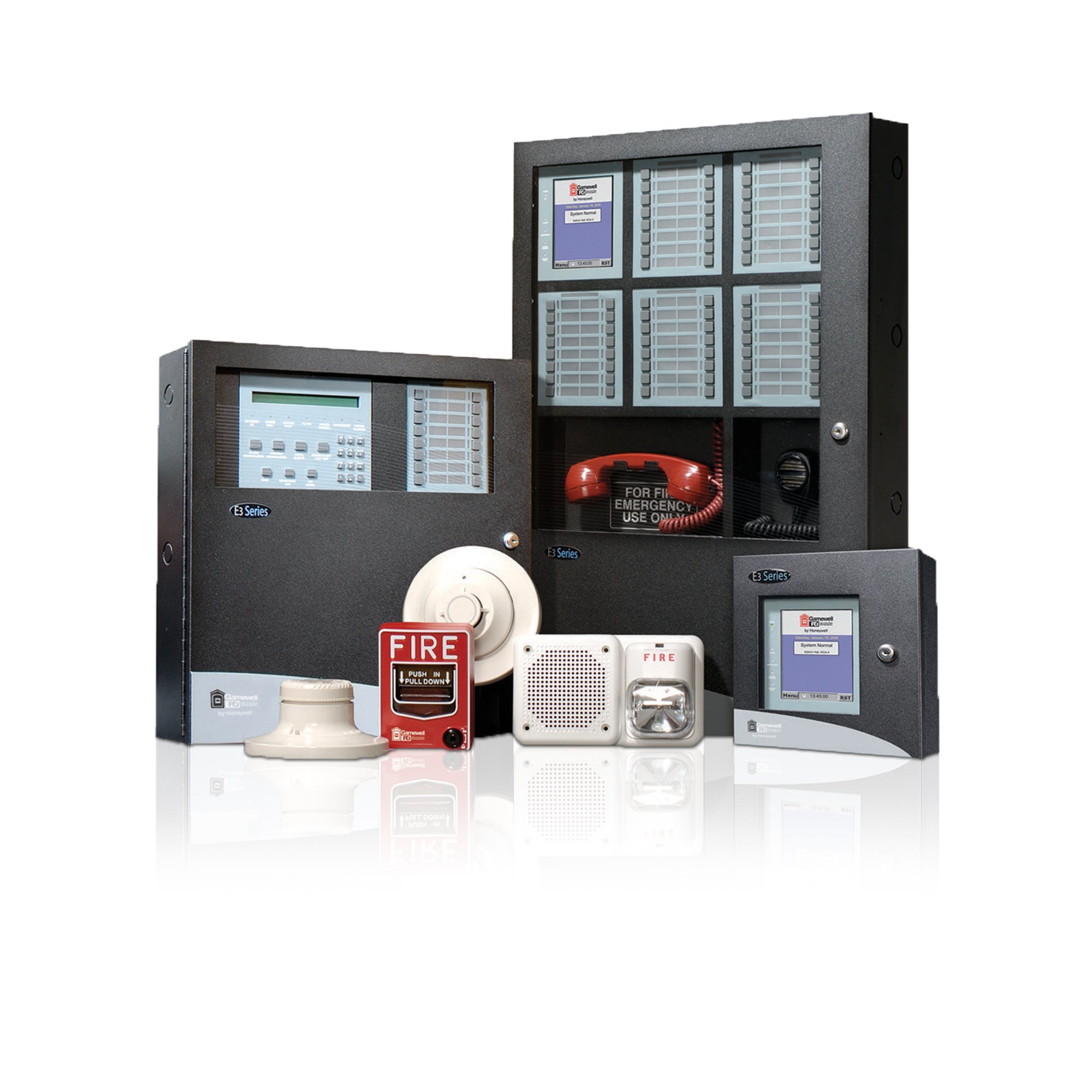October Sparks Fire Prevention Month: How Organizations Can Prepare
By Kara Stamets, Content Marketing Specialist at Alertus Technologies
As the National Fire Protection Association (NFPA) observes its 100th anniversary of Fire Prevention Week (October 9-15), we’d like to acknowledge the importance of preparing for and preventing fires, particularly in the workplace. With fall in full swing, fires, deaths, and damages have the potential to increase as we turn up the heat in office spaces, warehouses, and facilities.
The leading causes of office fires are due to heating equipment, electrical distribution, lighting equipment, cooking equipment, smoking materials, deliberate fires, and exposure to fires outdoors, according to the NFPA. The U.S. Fire Administration reported that 18,700 fires occurred in commercial buildings in 2019, resulting in $744 million in direct property damage. Fire's physical, emotional, and economic effects cause great devastation, so it's imperative to prepare your organization for fire danger to keep workers safe and businesses operating. Read on for tips and information on preparing your organization for fire emergencies.
Prepare Your Building and Employees for Fire Safety
To avoid a potential fire emergency, organizational leadership should:
Test smoke alarms monthly and inspect sprinkler systems yearly.
Advise employees of all exit routes and fire protection devices in the building.
Check that fire ladders and escape routes are all in working condition.
Lead regular emergency drills.
Employees should be aware of fire extinguisher placements in the building, so if a fire starts in the kitchen, employees can run to the nearest portable fire extinguisher (which should be within 30 feet of stove areas) only if they attempt to extinguish it. Employees can be prepared for this with fire extinguisher training, an Occupational Safety and Health Administration (OSHA) requirement.
Further instruction on fire safety practices will depend on the institution but should include activating a fire alarm, calling 911 to report the fire, evacuating using stairwells, and remaining outside and away from the building until all smoke and fire hazards have been cleared by the fire department.
Conducting these precautionary measures will ensure that your employees are aware of safe evacuation routes, fire safety devices located around the building, and best practices during evacuation.
Develop a Fire Prevention Plan
Employers should inform their employees on how to respond to fire emergencies by developing and sharing a Fire Prevention Plan. Outlined by OSHA, the plan must be in writing and include an index of major fire hazards, adequate handling of hazardous materials, approaches to control fire spread, regular maintenance practices, information on fire protection equipment, and details on employees responsible for managing fire sources and hazards.
Building Codes & Mass Notification Systems
Building and fire codes help ensure the safety of life and property in commercial buildings, which protect most office and retail stores from fires. In 2010, the NFPA 72 was updated to incorporate in-building mass notification systems (MNS), further enhancing fire safety measures.
To meet the NFPA 72 code, an MNS must provide visual and audible notifications to serve those in loud environments and individuals with auditory impairments. The code recommends that an MNS include two forms of communication, at least one from a primary notification method, such as Alertus’ Alert Beacon®, and a secondary method, such as text, email, or desktop alerts.
NFPA 72 now allows public address systems and other facility infrastructure to be integrated into fire alarm systems. The Alertus system provides this integration with an innovative text-to-speech fire alarm and public address system interface.
After activation, fire alarm integrations, such as Alertus’, broadcast messages to be sent over multiple communication channels, which gives organizations the ability to reach their employees quickly and effectively. When a fire alarm goes off, chaos can erupt, so keep employees calm by providing clear and consistent communication throughout drills and real fire events. An MNS should provide templates that organizations can use to quickly send out messages specific to fire emergencies.
Learn more about Alertus’ audible-visual notification solutions to prepare your organization for fire emergencies.




